I love growing shallots. Shallots don’t take up much space in the garden, are a flavorful addition to salads, salsa, soups, sauces, and stews, are easy to grow, and can be enjoyed both raw and cooked.
Native to the Mediterranean, shallots are often thought to be a variety of onion, but they are a separate species. A proud member of the Liliaceae (lily) family, in the genus Allium L., shallots are neither onion nor lily.
Shallots, (Allium ascalonicum, sometimes called multiplier onions) have a distinctive tapered shape and a thin, fine-textured skin which differentiates them from onions. Some varieties of shallots present a copper-colored skin, while others display a pink or grayish-brown papery casing.
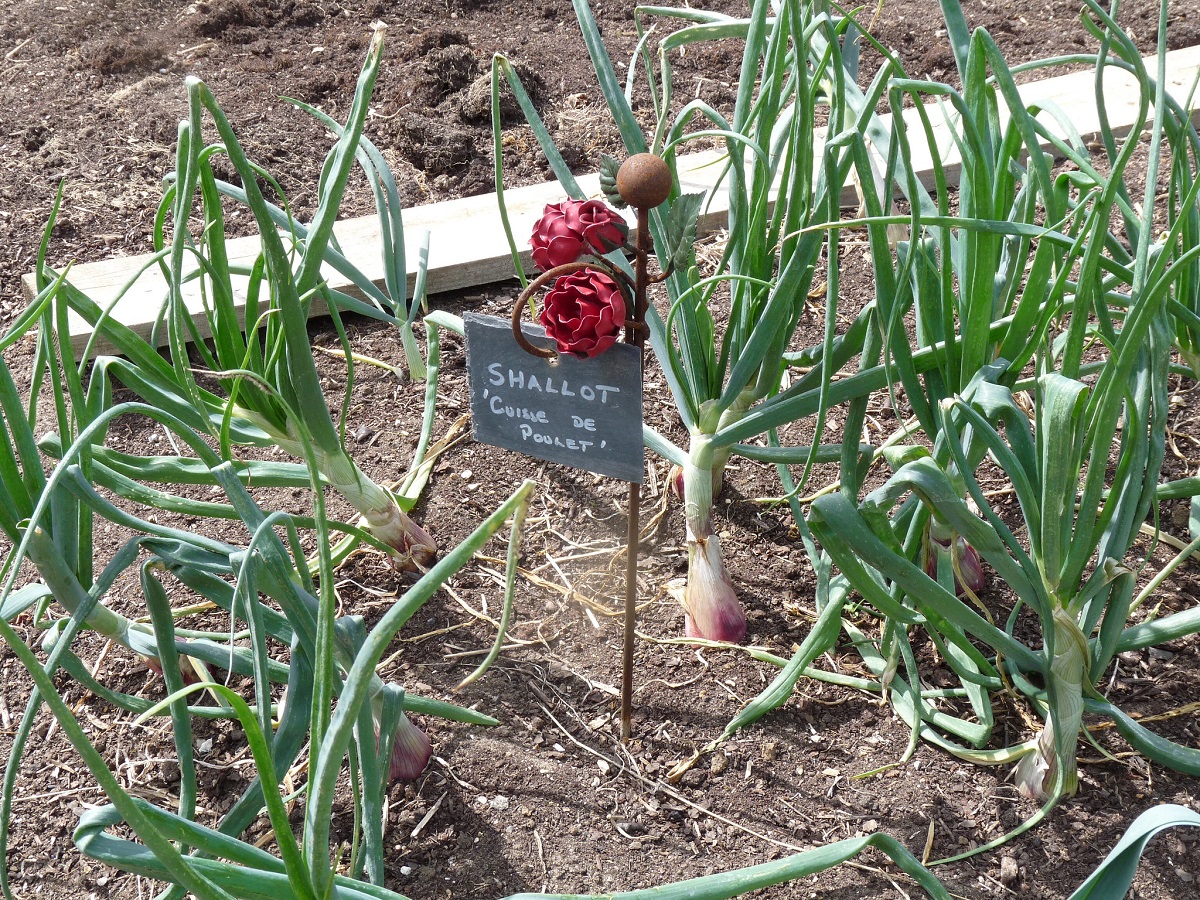
The inside of a shallot is also different from that of an onion: Shallots do not exhibit the concentric structure of onions but rather are sectioned into several small cloves, similar to garlic.
The history of shallots goes back to the 12th century when Europeans were first introduced to shallots carried home as “valued treasure” by crusaders returning from the Middle East.
With a strong, rich flavor reminiscent of both garlic and onion but delicate, sweeter, and more refined, savory shallots are widely used in place of onions in Southeast Asian and French-influenced cuisine. Subtle in flavor, shallots add just the right note to enhance or enliven the flavor of fine foods.
Read on to learn more about growing shallots including everything from planting to harvesting.
Growing Requirements for Shallots
Shallots add deep greenery in rock gardens and work well as a border edge in my herb beds. When the bright green shoots pop out of the soil, they resemble scallions or chives.
Shallots aren’t too hard to care for, but they are sunlight hungry. Ensure your shallots receive at least 6 hours of sunlight a day. In addition, you should give them around 1 inch of water per week.
Shallots have a shallow root system which means that frequent watering is crucial to a bountiful harvest. It is important to keep a “close eye” on the soil to ensure you water thoroughly, but allow the soil to dry between watering.
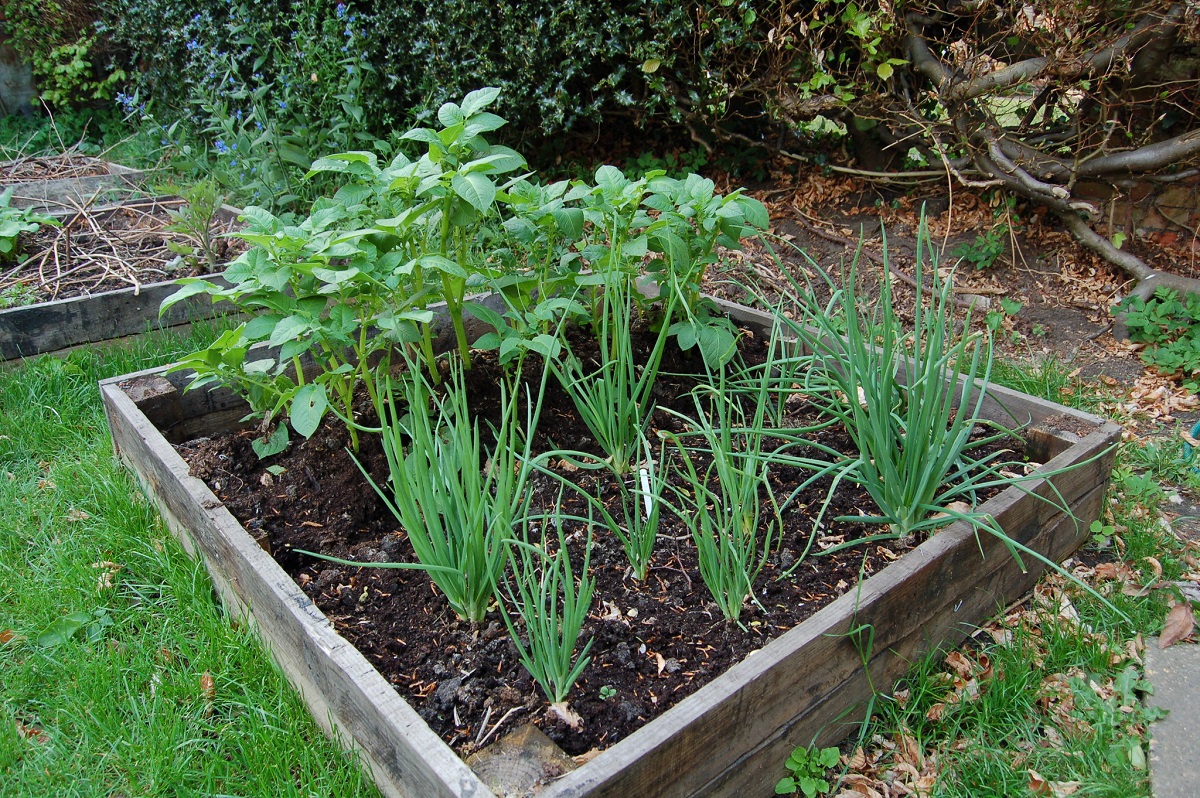
When is the best time to plant shallots?
Shallots grow best in United States Hardiness Zones 7 through 10. Shallots prefer cool weather during the growing season, so it is best to plant them in early spring or fall.
I like to plant in early autumn while I am doing the garden cleanup. This way (because shallots are a long-season crop) they have a chance to become well established before the extreme cold temps of winter.
Should you fertilize shallots?
Shallots require a lot of nitrogen, so choose a fertilizer that is nitrogen-heavy. A common choice that we recommend is liquid fish emulsion.
Like garlic, shallots are heavy feeders and require nutrients available throughout their growth spurt. Don’t let the baby bulbs go hungry. Fertilize your shallots 3 weeks after planting them outside. From here on out, fertilize again every 3-4 weeks to keep the soil rich with nutrients.
Common Pests and Diseases
While shallots are fairly easy to grow, like all garden plants, they are susceptible to a variety of pests and fungal diseases. Some common shallot pests include rodents that dig up immature bulbs and onion fly larva that nibble at the foliage.
As far as diseases is concerned, some common issues for shallots include white rot, pink root, and downy mildew.
In general, the best way to prevent these problems is to practice crop rotation and avoid planting shallots in the same area where you previously grew onions and other members of the Allium family.
In addition, you should spray your shallots with an insecticidal soap at the sight of any aphids. It’s always important to use an organic spray so as to not harm your plants.
Planting Shallots
Start shallots from seeds or bulbs. The bulbs are relatively inexpensive, so it is worth spending a bit more to “begin with the best.” It is so easy to plant shallots from bulbs that few gardeners bother growing shallots from seeds.
If this is your first time growing shallots, make sure you find the healthiest and biggest organic shallot bulbs. Once you begin planting shallots, you will replant every season from bulbs you harvest from your original crop, so buy the finest quality of shallot bulbs available.
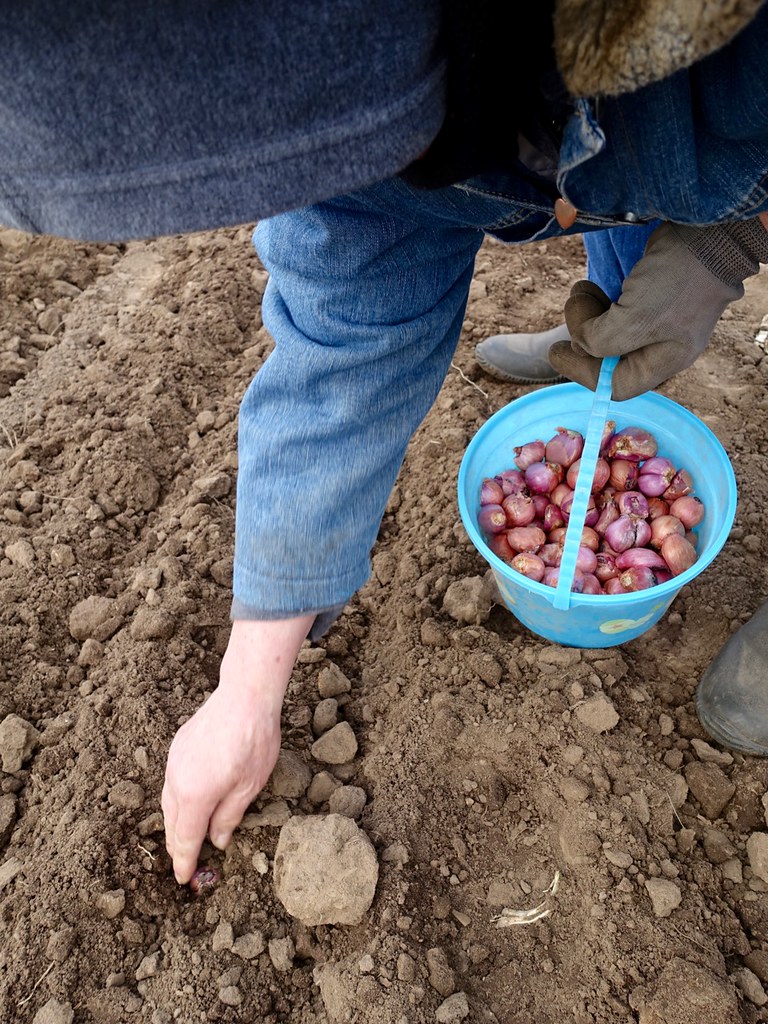
Shallots produce a tight cluster of bulbs from a single planted bulb. When planting shallots, separate multiple bulbs, planting one at a time. Plant with the root end down, spaced 3 to 6 inches apart, in rows 10 to 12 inches apart.
The tip of the bulb should be just level with the top of the soil surface. Every bulb you plant will produce from 8 to 12 more clustered around the original so you get “quite a bang for your buck.”
Preparing the Soil for Growing Shallots
When preparing the garden plot for planting shallots, work the soil well. Break up dirt clods, remove rocks, and pull weeds. Experienced gardeners say “The looser the soil composition, the larger your shallots will grow.”
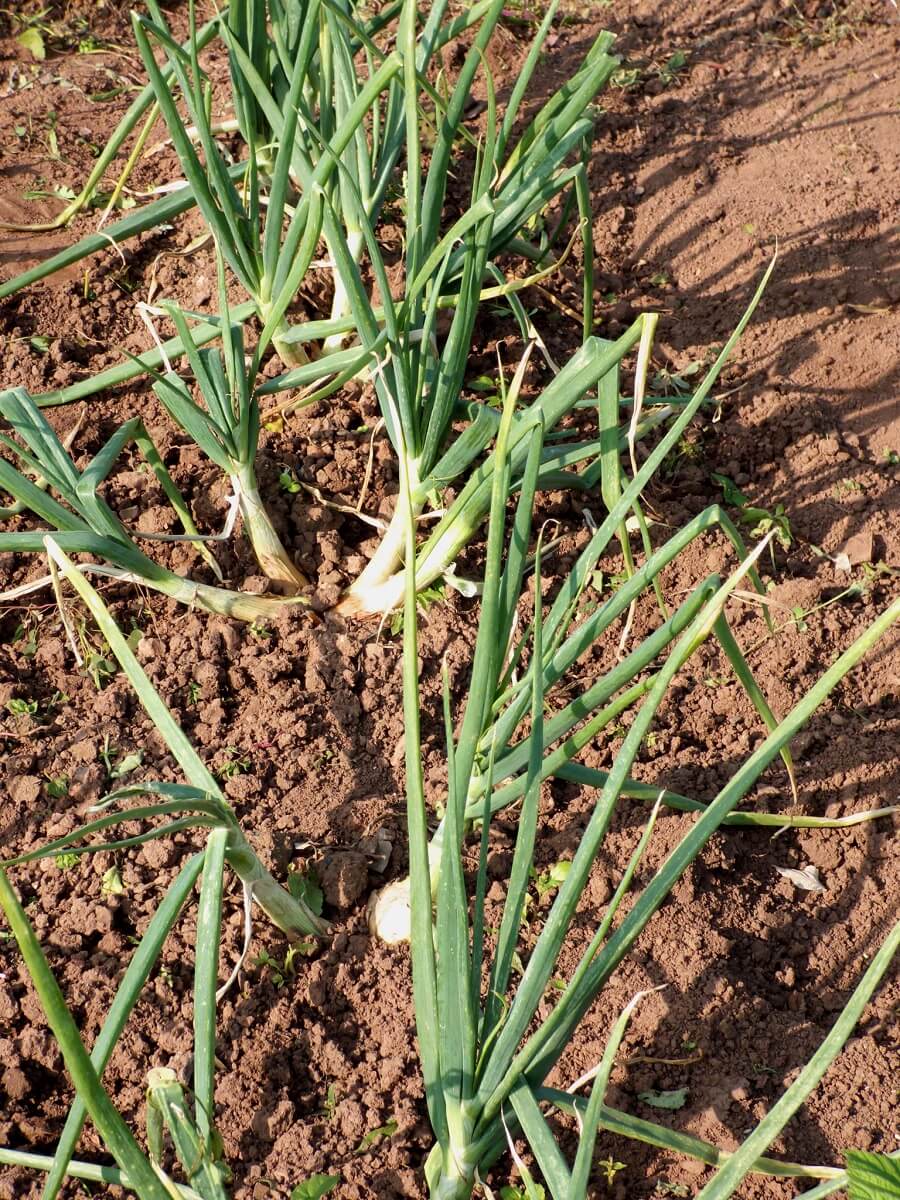
Shallots prefer deep, nutrient-rich soil with plenty of organic material. To improve soil fertility, add aged herbivore manure (cow, horse, goat, sheep, llama). Shallots do not do well in acidic soil, preferring soil with a pH of 6.5 or higher.
Mulch shallots with dry organic matter (leaves, grass clippings, or straw) late in the fall or early spring to protect the young seedlings from extreme cold and to retain moisture, and keeps down grass and weeds.
How to grow shallots from seed
The best time to direct sow shallots is in late fall or early spring, 2-4 weeks before the average last frost date.
When planting, make sure you plant them ½ inch deep into the soil, and 6-8 inches apart in rows 12 inches apart. A good tip is to drop 2 seeds into each hole, that way your harvest will yield more bulbs.
How to grow shallot sets
Another method of growing shallots is by planting them in sets. You can do this by gathering small individual bulbs purchased from a nursery, and planting them root-down in groups.
This method tends to be the more preferable option, as shallot sets are quicker and easier to grow. In addition, they produce clusters of bulbs as opposed to a singular bulb from a seed.
Can you transplant shallots?
Gardeners wanting to harvest shallots earlier in the season should start them indoors. Plant the seeds in individual pots or seed trays about 6 weeks before the last expected frost.
Make sure they have good air circulation and well-drained soil. Seedlings will do best in warmer conditions. After 4 weeks, start hardening them off before transplanting outside. This should be about 2 weeks before the last frost date.
Harvesting Shallots
Avoid watering your shallots for about two weeks before harvest to allow a firm skin to form on the bulbs. Begin harvesting once the top portion of the leaves starts to turn brown.
When to harvest shallots
Because shallots are planted in the fall, they are generally ready harvest in the late spring or early summer. You should always check the foliage before harvesting. If the foliage is starting to yellow, that is an indication they are ready.
In addition, check to see if two-thirds of the leaves have turned and bend over. If your harvest time is too early, you will get small bulbs. However, if you wait too long to harvest, the outer skin may split and be lost.
How to harvest shallots
When your shallots are ready to harvest, loosen up the dirt and dig around the bulbs. Being careful not to damage the bulb, gently lift the shallots using a spading fork. Never pull them out by the leaves, as this will most likely break the foliage.
Gently shake off the soil once the bulbs are out of the ground. Bind in bunches and hang in a dark, well-ventilated place until the top leaves shrivel and dry completely. Store shallots for extended periods in a cool, dry spot. Remember to save some for planting in the fall.
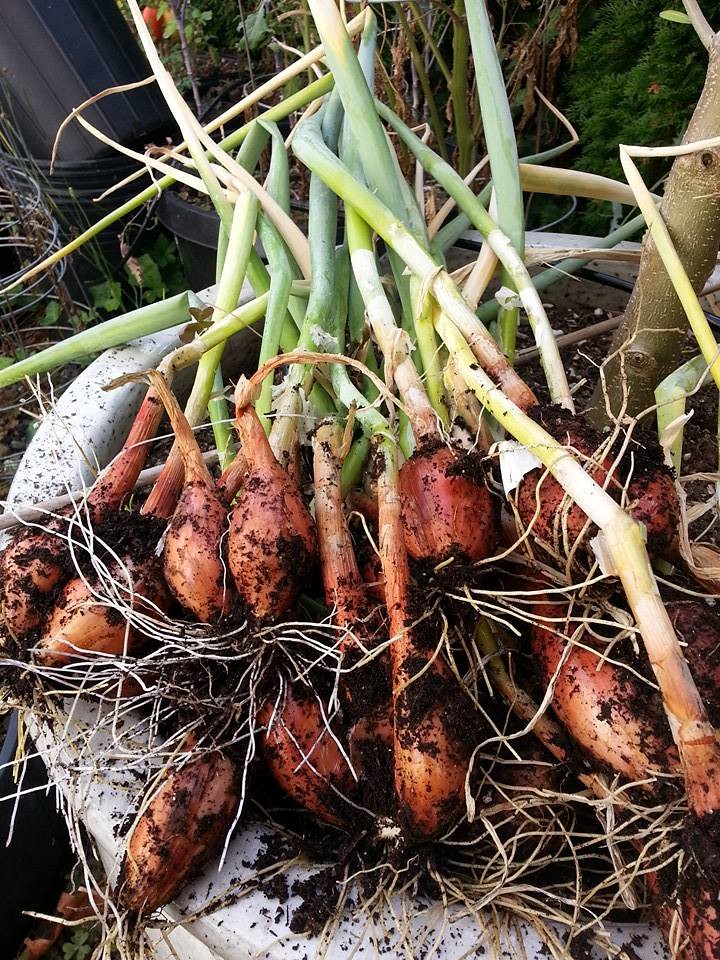
Types of Shallots
There are two main varieties of shallots, French Red (also known as “pinks”, “Jersey,” “French-Italian”, or “reds”) and French Gray. Cloves of the French Red shallots tend to be larger than those of the gray. Shallots vary in shape, size, and color, but flavor-wise, it is difficult to tell them apart.
French Red Shallot Hybrids
Prisma
Easy to grow from seed or bulb, the Prisma hybrid is a bold red inside and out. Maturing in 100 days, Prisma stores well and presents a pungent taste — my favorite of all the red shallots.
Saffron
Saffron shallots display brilliant copper-colored skin and pale-yellow flesh. Dutch Yellow are another common shallot variety with similar characteristics to that of Saffron.
Pikant
Pikant shallots present a deep mahogany color on the outside and bold red flesh inside. Varieties of this type store well and mature in 90 days. These are my favorite variety to add color and a burst of flavor to salads and salsas.
Matador
With a firm, round shape and reddish skin with white flesh, Matador shallots mature in 90 days.
Ambition
Teardrop-shaped Ambition shallots display a bold reddish-copper exterior and snow-white flesh.
Ambition shallots always sell out quickly at local farmers markets. If you share your garden’s bounty with family or friends, or offer your crop at market, consider succession planting of this popular shallot variety.
French Gray Shallot Varieties
Bonilla
Bonilla shallots require 100 to 110 days to mature. They have a pale, grayish-brown, thick skin and white flesh and a pungent taste. They store well.
Griselle
One of the strongest flavored shallots, the elongated Griselle hybrid reaches full maturity in 200 days, growing up to 4 inches long. The French-styled shallot is grayish-brown on the outside with a purple-white mottled flesh. Griselle is firm and flavorful, but the bulbs do not keep for extended periods — best fresh.
Olympus
The Olympus hybrid presents a firm round bulb, about the size of a golf ball, white on the outside, white on the inside. The Olympus shallot matures in 90 days and stores well.
Health Benefits of Shallots
The savory taste of the shallot is reason enough to include this delight in your homestead garden. However, the shallot provides a great many nutritional benefits. One tablespoon (10 grams) of chopped fresh shallot offers zero fat and protein, and only 2 grams of carbohydrates.
Shallots are an excellent source of vitamins A, B6, C, B9 (folate), manganese, and potassium. Shallots also contain beneficial antioxidant compounds including quercetin, kaempferol, and sulfuric antioxidants including allicin. A natural antimicrobial agent, allicin helps regulate blood glucose levels, fights cancer, reduces cholesterol, and helps boost immunity.
Shallot Recipes To Try
The beauty of shallots is that they can bring an incredible flavor to whatever you add them to! Here are a few delectable ways to enjoy shallots. And since you grew them in your garden, you won’t even need a trip to the grocery store!
- Pickled Pink Shallots from Good Housekeeping
- Caramelized Shallot Pasta from NY Times Cooking
- Ina Garten’s Caramelized Shallots from Leite’s Culinaria
- Herby French Shallot Soup from Half Baked Harvest
- Crispy Fried Shallots from Bon Appetit
Are you growing shallots in your garden this year? Share your tips for a successful harvest in the comments below.
References
- Shallots, UC Master Gardener Program of Sonoma County
- Shallots, Cornell University
- Six Mistakes to Avoid When Planting Garlic or Shallots, Cornell Small Farms
- Morphological and Biochemical Diversity of Shallot Landraces Preserved Along the Croatian Coast, US National Library of Medicine
- Harvesting Shallots, UC Master Gardeners
- Shallots, University of Arkansas


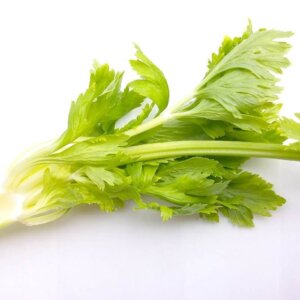
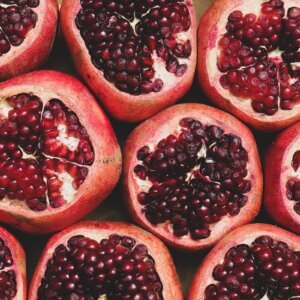


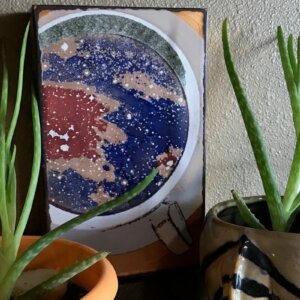
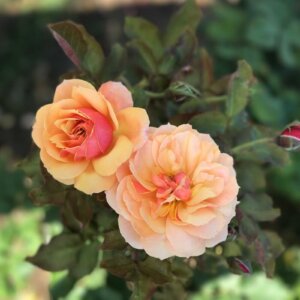
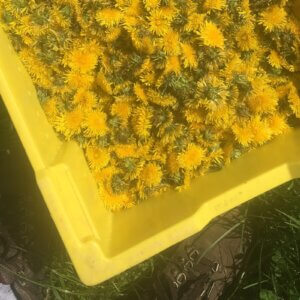
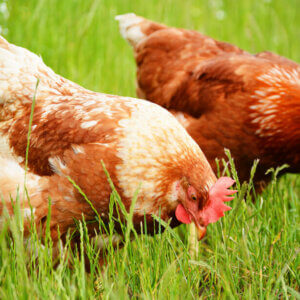
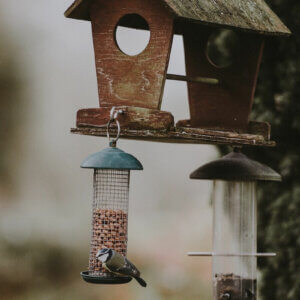

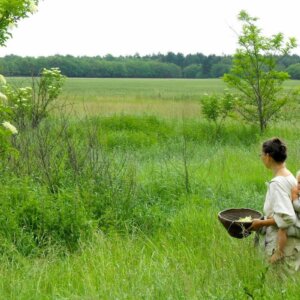
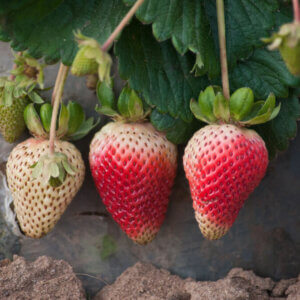









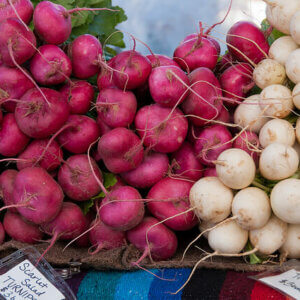
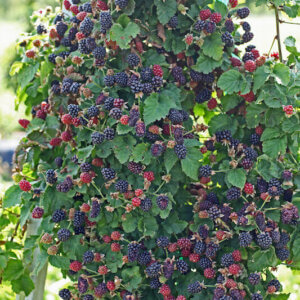



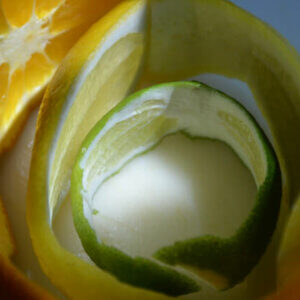

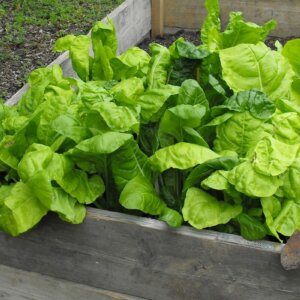


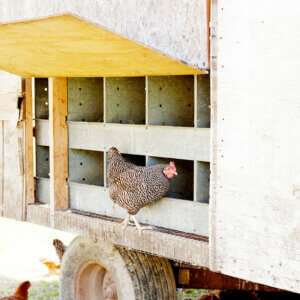

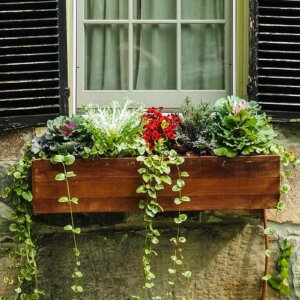





Lots of good info here, but while they may grow best in zones 7-10, don’t let that discourage you as I grow about 6 varieties in zone 4, Fall planted.